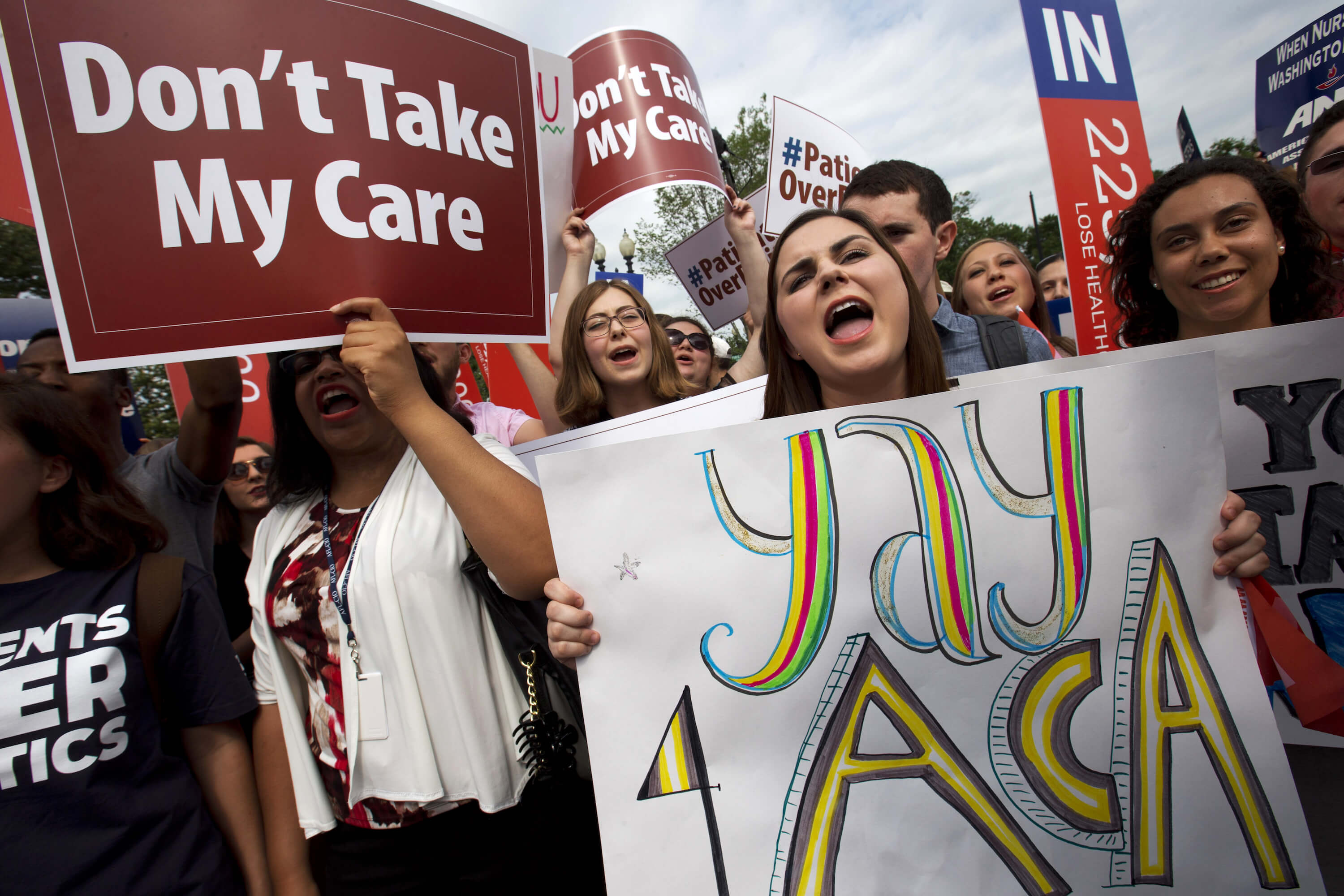Brad DeLong: Worthy reads on equitable growth, November 12–15, 2019
Worthy reads from Equitable Growth:
- Very nice congressional testimony on labor-side monopsony from Kate Bahn before the U.S. House of Representatives Judiciary Committee, in which she said: “New sources of data and innovative econometric methods have allowed researchers to test and confirm the premise that employers have geographic concentration over jobs that lead to lower pay. Using new data from CareerBuilder.com, economists Jose Azar at the IESE Business School at the Universidad de Navarra, Ioana Marinescu at the University of Pennsylvania, and Marshall Steinbaum at the University of Utah, Salt Lake City find that going from a less concentrated labor market to a more concentrated one was associated with a 17 percent decline in the wages employers were posting to the website. While mining towns may be more rare, increasing concentration in a number of sectors of the U.S. economy can still lend market power to individual employers, which leads to low wages.”
- Greg Leiserson was a panelist at the Penn Wharton Budget Model’s “The Wealth Tax Debate,” during which the panelists examined: “Presidential candidates such as Elizabeth Warren and Bernie Sanders have proposed taxes on wealth. Why a wealth tax? Will it likely raise the money they hope? What are the trade-offs? What has been the experience of other countries?”
- Very smart congressional testimony from Jason Furman on data and privacy in online platforms’ market power, in which he said: “The major digital platforms are highly concentrated and, absent policy changes, this concentration will likely persist with detrimental consequences for consumers. More robust competition policy can benefit consumers by helping to lower prices, improve quality, expand choices, and accelerate innovation. These improvements would likely include greater privacy protections given that these are valued by consumers. However, it is not clear that competition will be sufficient to adequately address privacy and several other digital issues. More robust merger enforcement should be part of the solution to expanding competition, including better technical capacity on the part of regulators, more forward-looking merger enforcement that is focused on potential competition and innovation, and legal changes to clarify these processes for the courts. A regulatory approach that is oriented toward increasing competition by establishing and enforcing a code of conduct, promoting systems with open standards and data mobility, and supporting data openness is essential. This is because more robust merger enforcement is too late to prevent the harms from previous mergers, and antitrust enforcement can take too long in a fast-moving market.”
Worthy reads not from Equitable Growth:
- That Uber Technologies Inc. is so exercised about being treated as an employer suggests that a substantial part of the firm’s hopes for profitability hinge on successfully running a let’s-make-someone-else-pay-for-our-workers’-social-insurance game. Read Bloomberg Law’s Daily Labor Report, “Uber Hit With $650 Million Employment Tax Bill in New Jersey,” in which it reports: “Uber Technologies Inc. owes New Jersey about $650 million in unemployment and disability insurance taxes because the rideshare company has been misclassifying drivers as independent contractors, the state’s labor department said. Uber and subsidiary Rasier LLC were assessed $523 million in past-due taxes over the last 4 years, the state Department of Labor and Workforce Development said in a pair of letters to the companies. The rideshare businesses also are on the hook for as much as $119 million in interest and penalties on the unpaid amounts, according to other internal department documents. … Uber extended declines on news of New Jersey’s efforts, falling as much as 3.9 percent. Ridehailing competitor Lyft Inc. also dropped. The state’s determination is limited to unemployment and disability insurance, but it could also mean that Uber is required to pay drivers minimum wages and overtime under state law.”
- Yes, we know that job training programs can be very effective. But how can we keep them effective as they scale up? Normally, we rely on markets and the profit motive to incentivize preserving effectiveness with scale. But with social insurance and other pro-poor programs, the beneficiaries do not have the social power to use the market to keep the programs that serve them on track. Read Paul Osterman, “An MIT economist on how to turn bad jobs into good ones,” in which he writes: “Research shows the benefits of retraining and raising wages outweigh the costs … Part of the problem lies in low skill levels. In Massachusetts, 53 percent of workers who earn $15 an hour or less have no more than a high school degree. But we also know that most people can improve their skills. Effective job training programs, such as those offered by the workforce development organization JVS Boston, can make a real difference. As an example, in the past year, its 12-week pharmacy technician training program placed 45 people in better-paying jobs; graduates went from earning an average of $13 an hour before gaining new skills to $17 an hour after. We have good evidence that well-run job training programs, ones that include significant investments in training, support services (for example, help with small unexpected expenses), and coaching for participants, are effective in moving people into better jobs and raising their earnings. High-performing programs are also characterized by strong relationships with employers. We know how to make these work, but we face two big challenges: spreading the model to reach more workers, and providing the resources needed to pay for it.”
- The point of the actions by the U.S. Senate majority and of the current political appointees at the U.S. Department of Health and Human Services is not to create flexibility, but to make it legal to provide not-insurance. Read Sarah Gantz, “A Philly Woman’s Broken Back and $36,000 Bill Shows How Some Health Insurance Brokers Trick Consumers into Skimpy Plans,” in which she writes: “She was left with $36,000 in hospital bills that she’s still paying off. ‘What the hell did I do? How did I get into this mess?’ said Martin, 54, of Horsham, PA, recalling the panic she felt after the December 2017 fall. ‘I have a broken wrist, a broken back, and I don’t have real health insurance’ … Access to these plans was limited under the Affordable Care Act, but the websites selling such plans have gotten bolder in their marketing as President [Donald] Trump and free-market Republicans chip away at ACA rules, saying people need more affordable alternatives. But shopping savvy isn’t necessarily enough to protect consumers. The insurance brokers who rely on such websites for leads use scripts carefully worded to instill trust and push consumers to act quickly.”







